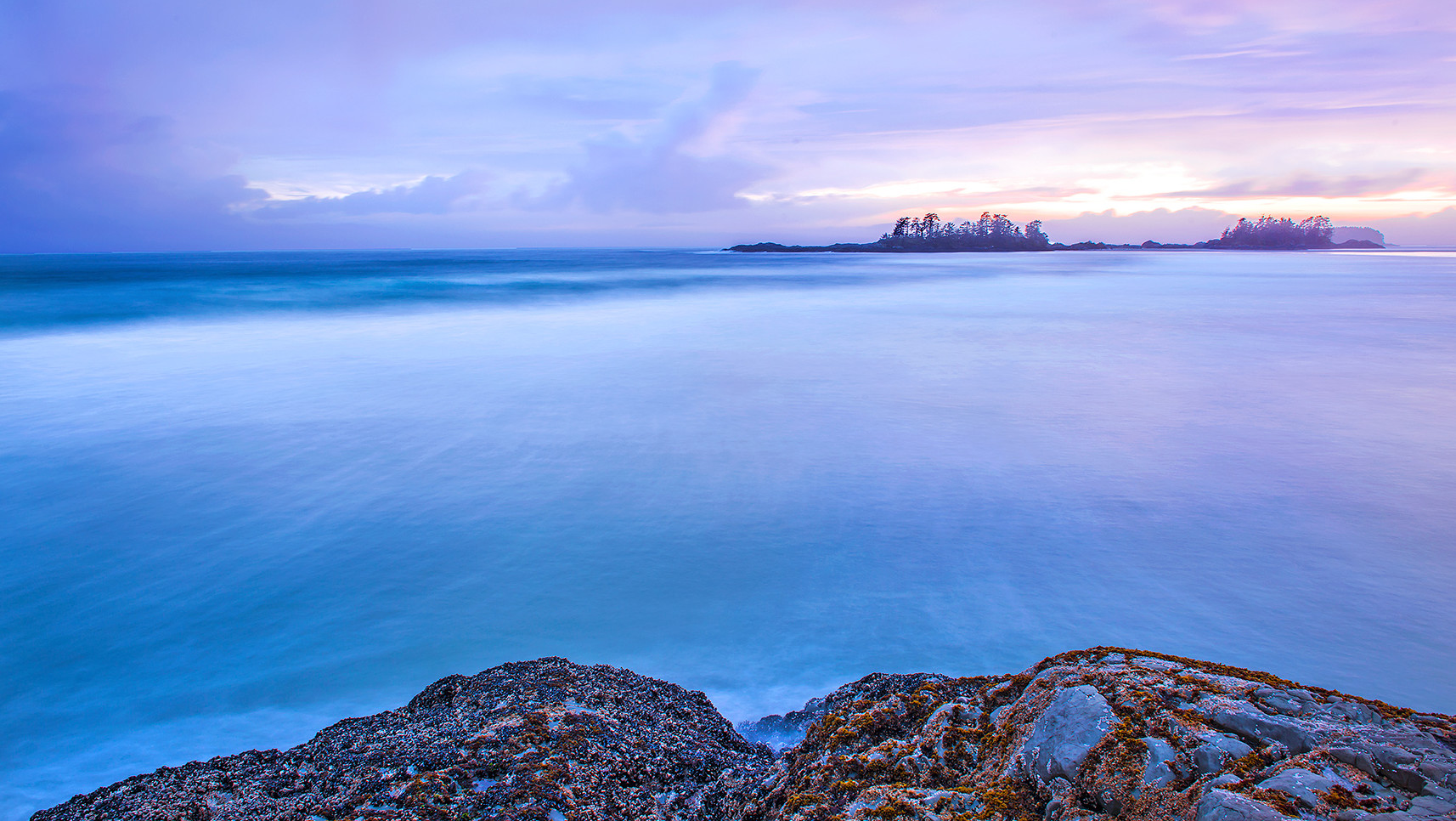
I love breathtaking images of a wide vista from a place I have never seen before. I especially love an image like that if it is full of visual information. As a landscape photographer, I love my wide angle lens. I love it for a few reasons, I can fit more into the scene than with a normal lens, I also like the way that wide angle lenses deal with light. Wide angles take a little getting used to though. When I first started using my wide angle lens, I had more images destined for the trash than for print. Over time, I began to understand what the lens was good for and what it was not good for. Here are some pointers on how to make your landscapes look great using a wide angle lens.
1. What is “wide” angle.
There is no exact definition of what a wide angle lens is, but at a high level, if you are shooting on a full frame camera, a 35mm lens could be considered wide angle, on an APS-C sensor 18 – 25mm is considered wide. I use what is sometimes called “Ultra Wide” and that is a 10-20mm lens on an APS-C sensor. This is not a fisheye lens, however, I do need to be careful of barrel or pincushion distortion. I like shooting wide vistas showing vast skies and I find that this lens gives me that flexibility to be able to capture scenes dramatically.
2. Why a wide angle lens for landscapes?
Wide angle lenses are good for a few reasons. The first is they have the ability to have deep depth of field at most apertures. That means that your foreground to background will be in sharp focus throughout. This is really important in Landscape photography. If you have a big rock in the foreground that is sharply in focus, but your horizon is a bit soft, your image may not be impactful. Secondly, wide angles make subject in the foreground seem bigger than they are and subjects in the background smaller than they are. So they give some perspective distortion. If used correctly, this can make your image seen very dramatic.
Quick tips on using a wide angle lens
A. Have some foreground interest
This is a good idea for most landscape images, but especially true for a wide angle lens. Your image may work without a foreground subject, but most times the foreground subject holds the scene together. Be careful not to make the foreground interest too BIG in the image. You need to find the balance between the foreground interest and the rest of the scene. Try different angles, different times of day and move around the subject. You will find the right angle, and when you do take more than one image! Sometimes, a foreground interest is NOT necessary if the rest of your scene is strong (see above image) So, be bold, try something different and try new ways of portraying scenes.
B. Move in closer to the foreground than you think
This may sound like a contradiction to the first point, but its not. A wide angle lens can make a large foreground subject look small, so move in a little closer and see how things look. You may want to move out later, but start closer and move away if necessary.
C. The rule of thirds can be your friend
I am not fond of the photography rules, but in Landscape photography, I find the rule of thirds can work well. If I am shooting a seascape, I will put the horizon on either the bottom third or the top third. If the sky is looking amazing, I will put my horizon on the bottom third, if the sea is swirling and looking textured, I will put that on the top third, so it depends on the scene, but the rule of thirds can work well. If it is not working, then try a different composition!
D. Use lines and patterns to draw the eye in
Wide angle lenses will accentuate lines and patterns, so use that to pull the viewer into the image. The lines may seem exaggerated in the wide angle, but thats a good thing. They can really add a dynamic feel to the image, so be sure to use them.
E. Be careful of distortion
If you are using a wide angle for the first time, make sure you try and keep the focal plane as flat as possible i.e. don’t tilt the camera up or down too much. If you do, the scene will distort and sometimes your rock in the foreground may look long and elongated as opposed to round. Over time you can experiment with what angles can work, but be aware of the distortion from the outset and work with it…
If you have a wide angle lens and have not been happy with the results, get out there and try some of these suggestions. I truly do enjoy the results I get from my wide angle lens, but it does take time and hours of practice. If you have any questions or comments, just drop them in below!
